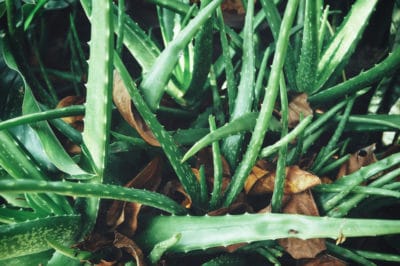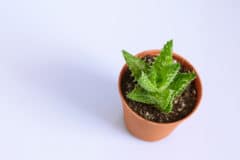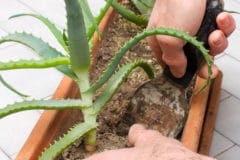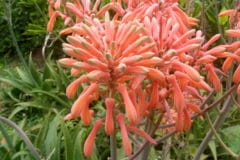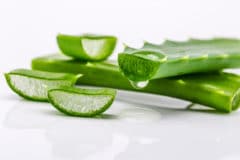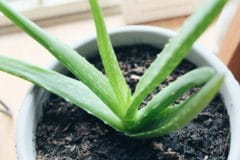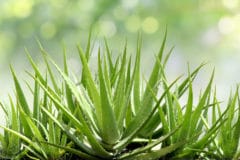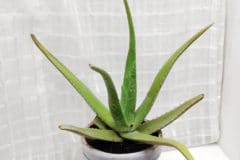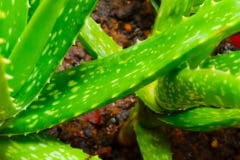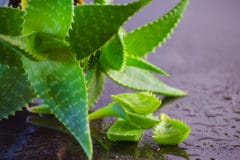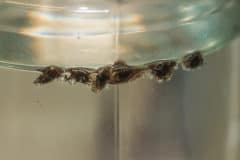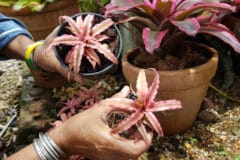Aloe Vera Pups
A pup is an offset, or small plant, that grows from the mother plant. Genetically identical to the mother, it is essentially a clone. Pups develop at the base of the mother plant and share its root system until they grow large enough to develop their own roots. In the wild, aloes typically grow in clumps with a large mother plant in the center and multiple pups around the base.
Why Aloes Set Pups
Setting pups is a survival strategy that probably comes from the aloe’s evolution as a desert plant. Aloes won’t flower unless they are mature. Seed production is dependent on flowering, which may take up to 10 years, depending on the variety. Water in the desert is scarce and infrequent, so seeds may not germinate. Pups can share the resources of the mother plant until ready to live on their own.
Removing an Aloe Pup
These strategies help remove an aloe pup without damage:
- Water the plant a day in advance to help roots come up easily.
- Dig up or turn out the entire plant to rejuvenate the mother and get pups to replant.
- Grasp the pup at the junction between base and roots; twist gently to pull away from the mother,
- OR cut the pup free with a clean, sharp knife.
Using Aloe Pups
Aloe pups are the primary source of new plants. You can replant both pups that have developed new roots and those pups that don’t have roots. Pups without roots may need to be supported in an upright position with something like wooden popsicle sticks until they actually take root. In both cases, placing a plastic bag over pot and plant for the first week helps increase humidity.
When an Aloe Won’t Pup
The most common reason for an aloe not to pup is immaturity. However, if you know the plant is old enough, make sure you’re following all the basics of aloe plant care. Try giving the plant some extra food. If all else fails – stress the plant. Withhold water, place it in a shaded area for a few days or disturb the roots. This puts it into survival mode and may stimulate pupping.
